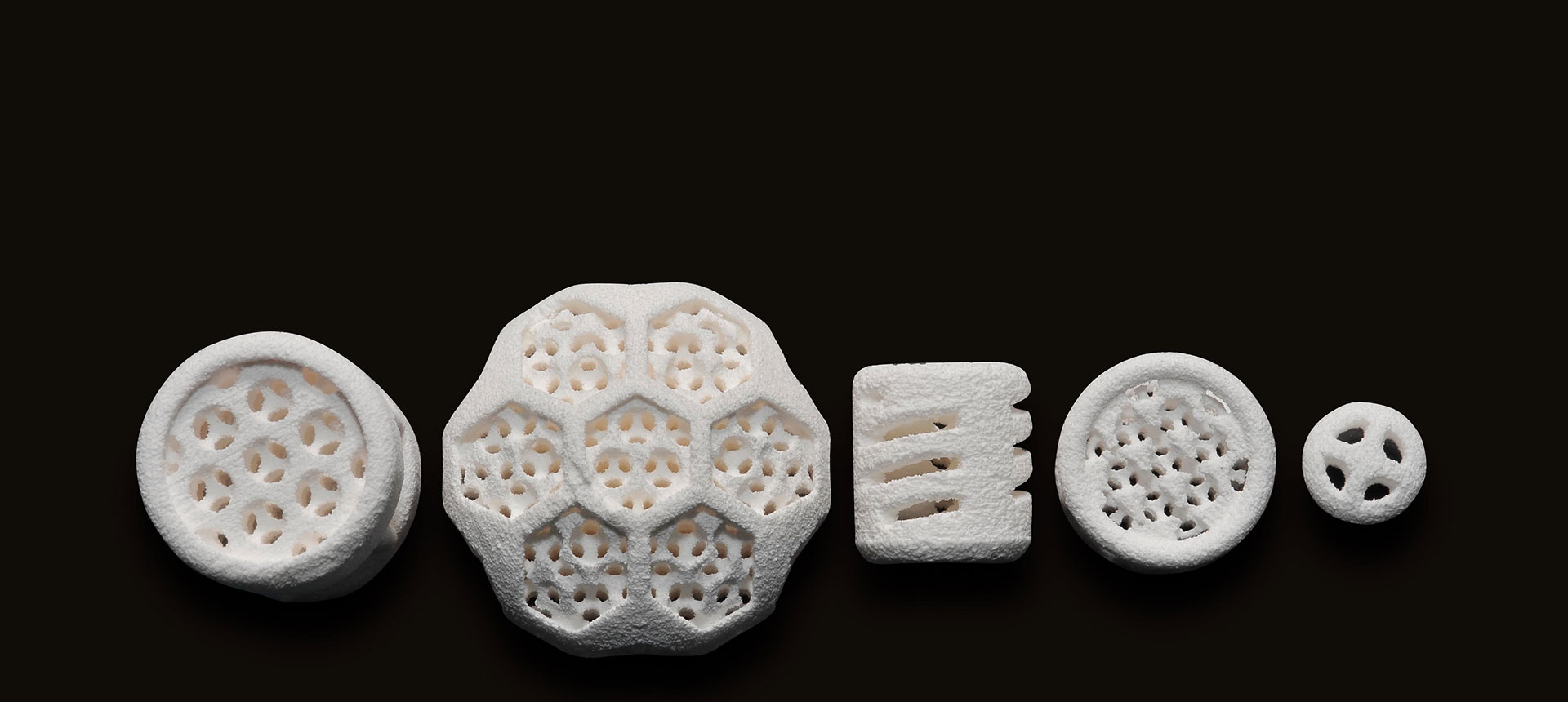Leading-the-way-in-binder-jet-ceramic-3D-printing
Leading the way in binder jet ceramic 3D printing
An overview of new advances in the field of ceramic 3D printing by JM's ALM Design & Modelling Engineer, R&D, Carlos Fonte.
29 August 2018
Ceramic Additive Manufacturing (more commonly known as 3D printing) is a manufacturing process where 3D objects are produced by depositing ceramic material in successive layers. With 3D printing, it is now possible to manufacture complex, previously impossible geometries, for markets where higher performance is needed. Manufacturing of new products can also be customised and tailored to a specific application.
3D printing is also the optimal tool for rapid prototyping as it enables quick changes to the design of a given geometry. Traditional manufacturing techniques, such as extrusion or injection moulding, have longer lead-times to adapt the process to a new design and will often require investment in new tooling.
As a global leader in science that enables a cleaner and healthier world, Johnson Matthey applies cutting-edge science to create solutions with our customers that make a real difference to the world around us. JM has been a leader in its field for more than 200 years, applying unrivalled scientific expertise to enable cleaner air, improved health and the more efficient use of our planet's natural resources which will safeguard these resources for future generations.
The 3D printing capability within JM was developed as a step out technology for a number of markets. Having tested several different processes, JM focused on binder-jetting, a 3D printing process in which a binder is selectively jetted on top of successive layers of ceramic powder to bind the powder particles together, forming a 3D object. After removing excess powder, printed shapes are then fired to sinter the ceramic powder together and give the final strength to the ceramic parts.
Binder-jetting provides a faster, more scalable solution when compared with other 3D printing technologies, making it the most sustainable 3D printing solution for industrial applications.
One of the advantages of the binder-jet technique is the size of the build area, which is superior to many other ceramic 3D printing methods (such as stereolithography). Several complex parts can be produced during the same print run, with feature sizes down to just 400 μm. JM’s ceramic parts can range in size from only a few millimetres up to larger part of 50-100 mm in size.
Since it is a powder-based manufacturing method, the object being printed is self-supported within the powder bed and no support structures need to be added to the 3D model. When the printing process is complete, unbound powder is removed so it can be reused again in the process. The fact that excess powder can be recycled with extremely low losses is a crucial factor which makes this process sustainable and financially viable at industrial scale.
Sintered ceramic powder will inherently produce porous parts. Ceramics with tailored porosity are promising materials for a number of functional and structural applications where filtration, thermal insulation or lightweight properties are required. Density is one of the features that can be tuned by varying process parameters. Relative densities in the range from 45% to 70% can easily be achieved. Details of surface structure and porosity can be seen in Figure 1.
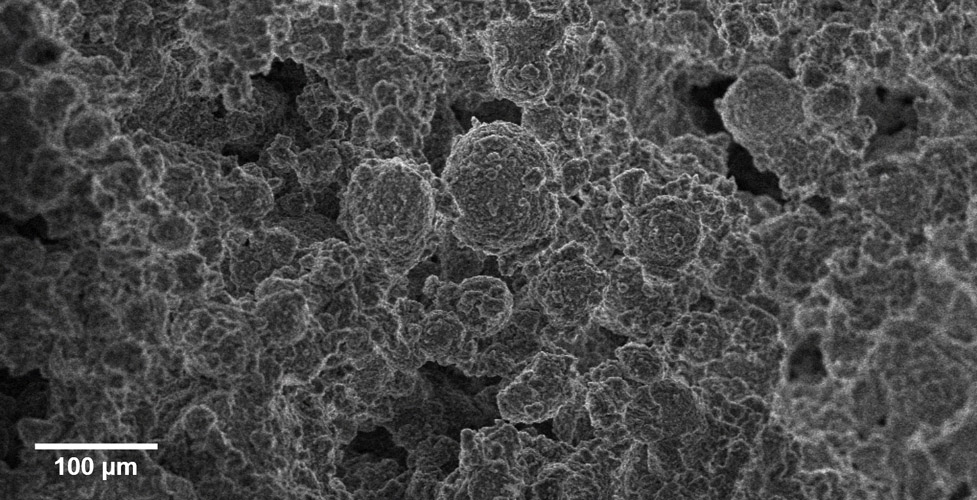
Figure 1. Ceramic 3D printed surface produced by binder-jetting
The surface features of these 3D printed parts make them particularly suitable for coating and surface activation as they can hold more active material. An example of surface activation with a catalytic material can be seen in Figure 2.
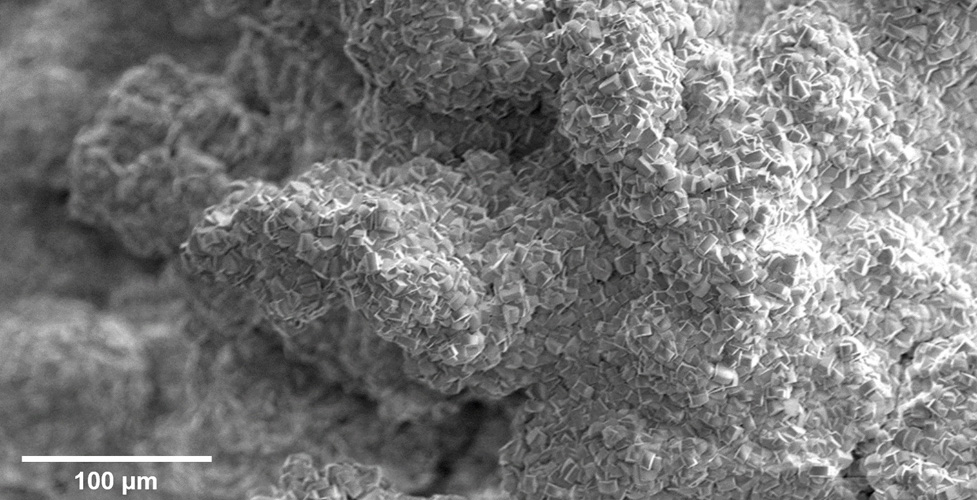
Figure 2. Surface functionalisation of a 3D printed ceramic part with a catalytic material. (Images by Alex Munnoch, JMTC Chilton)
Despite being porous, these printed parts retain the strength characteristic of ceramic materials. Compression strength tests have been performed comparing 3D printing with parts manufactured via pelletisation (see Figure 3). Results show that a similar performance is observed for both techniques.
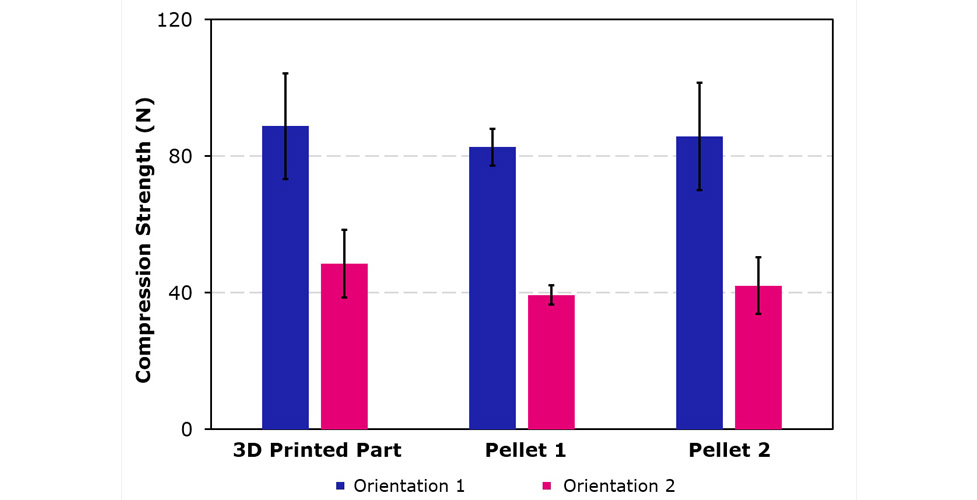
Figure 3. Compression (crush) strength comparison
JM has focused research on a process that is safe and environmentally friendly by using inert binders during manufacturing. Standard binder-jet methods usually use resins as the binder agent, such as furan or phenolic binders. These resins have an acute toxicity and, during the firing stage, can release hazardous volatile organic compounds. JM’s new binder formulations have a very low environmental impact and toxicity.
JM has invested in different scales of equipment to allow flexibility in development and to enable fast design prototyping and optimisation. JM uses adapted 3D printing machines from Voxeljet within their 3D printing processes. Voxeljet is a German manufacturer of 3D printing systems for industrial applications specialising in binder-jetting. JM has worked closely with Voxeljet to jointly develop these ceramic 3D printers, tailoring their large format printers to JM’s specific requirements.
Production at scale
JM has recently commissioned their first pilot plant for ceramic 3D printing. This plant was installed in 2017 and is now one of the most advanced facilities for ceramic 3D printing in the world, allowing the manufacturing of ceramic 3D printed parts at scale (Figure 4).
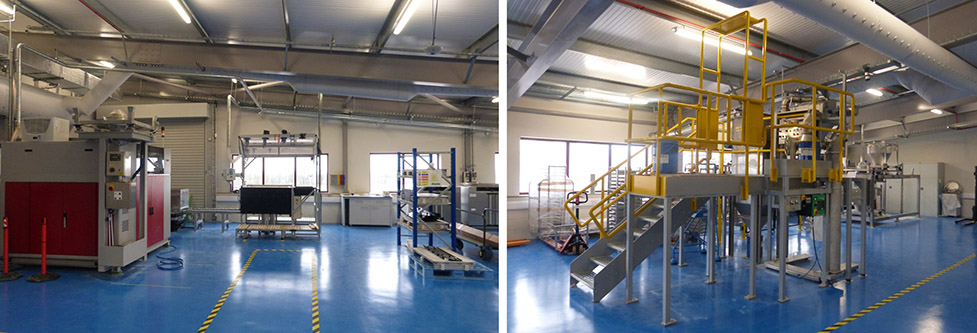
Figure 4. JM’s new pilot plant.
This new pilot plant is capable of handling multiple materials with tonne capacities and benefits from being integrated within JM supply chain of ceramic material powders.
Also, state-of-the-art machinery was co-developed to accelerate and automate post-printing stages of the process. This also increases product consistency.
With the construction of this pilot plant, JM is now able to deliver a wide range of ceramic products, from conception, through rapid prototyping using their R&D printers to an end-product, utilising their pilot plant.
Application areas for ceramic 3D printing
Ceramic 3D printing can be applied to a wide range of applications where lightweight, complex ceramic parts are required for high performance applications (Figure 5).
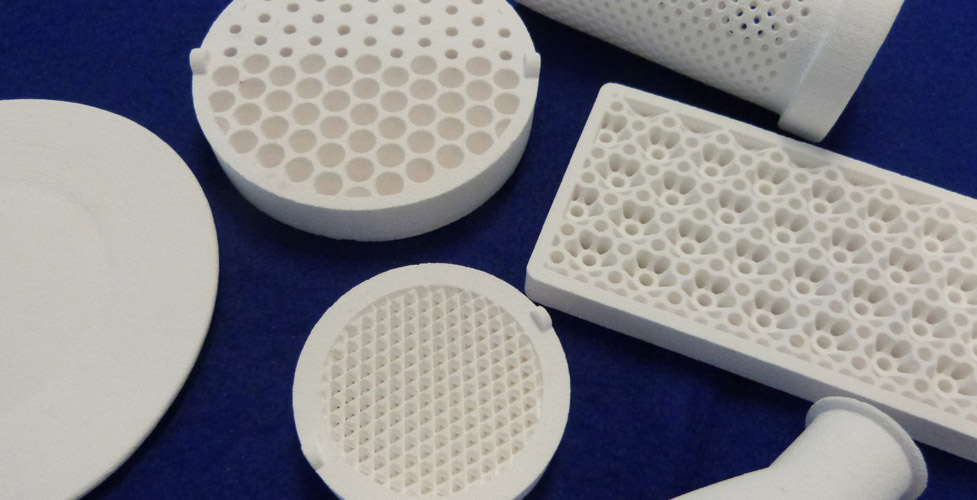
Figure 5. 3D printed parts manufactured at JM.
For instance, the ability to produce optimised ceramic parts with reduced material volumes makes this technology particularly interesting to the automotive and aerospace markets as it can increase the overall efficiency or reduce energy demands. Since these ceramic 3D printed parts are porous, they are also permeable and therefore can be applied to filtration systems or used in adsorption processes. The insulation capability and thermal stability of these ceramic materials are also attractive properties to the aerospace, automotive and electronics markets.
Chemical stability and low reactivity of ceramics to chemical and biological media make these 3D printed components particularly suited to medical and pharmaceutical applications. As they can be treated at higher temperatures, these parts can also be sterilised for multi-use applications.
One of the main ceramic 3D printing research areas within JM is catalytic applications and the design of the next generation of catalyst supports which have been trademarked as STRUCTAL™ supports (Figure 6). Catalyst supports are commonly used in the chemical industry for heterogeneous catalytic reactions in fixed-bed reactors. These ceramic supports are coated with a catalytic material and then loaded into tubular reactors. A gas stream of reactants is forced to flow through and reacts on the catalytic surface. The conversion of reactants into the desired product is usually linked to the amount reactive surface area available.
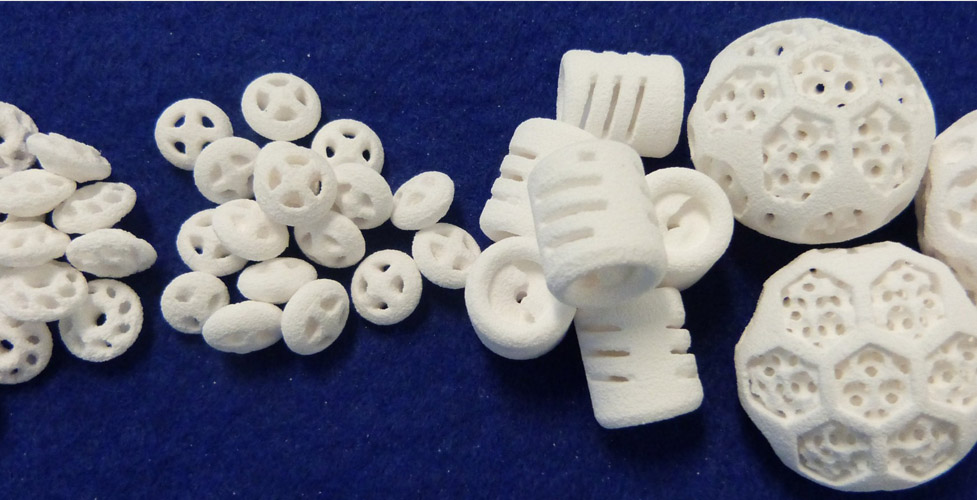
Figure 6. JM’s STRUCTAL supports for catalytic applications
With 3D printing, it is now possible to design more complex shapes with considerably more available surface area. This can be applied to the design of smaller reaction units. Replacing conventional catalyst supports with STRUCTAL supports means that fewer are needed to deliver the same amount of surface area for a given reaction. Alternatively, if the same vessel volume is kept, the process could operate at a higher throughput. This is due to the increase in the total amount of surface area that STRUCTAL supports introduce in the system.
Moreover, 3D printed catalyst supports can also be designed to reduce the pressure drop inside a fixed-bed reactor, while still delivering high surface area. This translates into benefits to the overall operational efficiency and energy demands of the process.
The future is now
In a world of change, JM’s continued growth comes from the ability to turn scientific expertise and creative thinking into compelling new products that create real value. With these recent advances in the ceramic 3D printing field, JM is at the forefront of industry 4.0 which will inevitably change the way we make new products and make use of our resources.
